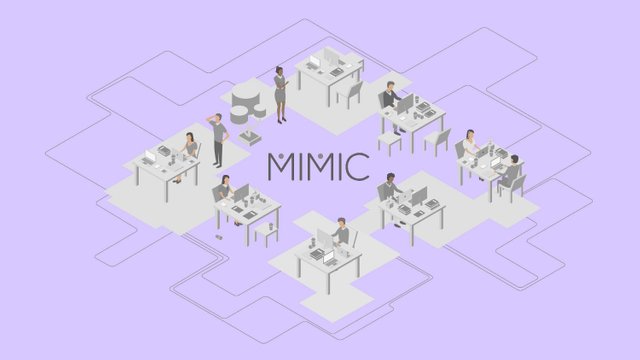
Having seen what a blockchain is, let us address the issue of trust.
There are billions of people in the world living in nations ruled by dictatorships, where governments govern banks and steal or confiscate money from accounts, where local currency is not accepted in shops, crime is very high and there are no legal systems to protect citizens and their property.
In these countries, where there is a lack of trust in companies and government, transactions are risky and dangerous. If people put money in the bank, there is a risk that the bank or government will steal it. If they have to make a major purchase, such as a house, they are forced to keep the money in cash, gold, gems or metals to save for the purchase, thus risking that the money is stolen or destroyed in a fire.
Even with all this risk, if they manage to save enough money to buy a house, they still risk the seller stealing their money and not transferring ownership of the house to them. There is no stable legal system for challenging property or reporting theft. If the purchase was made in money or gold, and not with an electronic transaction, there is not even proof that the transaction took place.
Centralized databases and institutions work when there is confidence in the law, rules, government, finance, and people.
The blockchain is a decentralized database. Everyone on the blockchain can view and validate transactions, creating transparency and trust. The decentralized database consists of blocks connected together to form a chain. The blocks are linked together and secured by the use of encryption. Each block in the chain contains a hash pointer as a link to the previous block (a kind of key that allows you to trace the previous block, just as a child’s DNA allows you to trace the parent), a timestamp (a sequence of characters representing a date and/or time to ascertain the actual occurrence of a certain event, as well as the obliteration of a train ticket) and transaction data.
Each node in the decentralized system has a copy of the blockchain: in fact, the quality of the data is maintained thanks to a massive replication of the database. There is no official centralized copy and no user is more credible than others, all are at the same level of credentials. Miner nodes (i.e. users), after verifying the entire blockchain, validate new transactions, add them to the block they are building and, once the block is complete, transmit it to the other nodes on the network. This is why we talk about decentralization: each user has a copy of the blockchain database. Modifying a block, for example by falsifying a transaction, is impossible, you should convince all users of the blockchain to accept the change. In a centralised system, however, it would be enough to hack the bank. Similarly, it is impossible to turn off the blockchain: as long as there is a user, there will be the blockchain with all the transactions updated.
Now you can easily understand the revolutionary nature of the blockchain, particularly with regard to trust.
So far, we have given examples of money and currencies. But then blockchain and bitcoin are the same thing? We’ll talk about it in the third part, where we’ll discuss the differences between blockchain and bitcoin.
Did you like the article? Don’t miss part 3, where we’ll address the difference between blockchain and bitcoin
We are happy to remind you that MIMIC presale is open: you can register to our [dashboard](https://gogomimic.com/presale.php) to get your MIMIC tokens with 30% bonus!
Stay in contact with us!
Website | Whitepaper | Twitter | Facebook | LinkedIn | Reddit